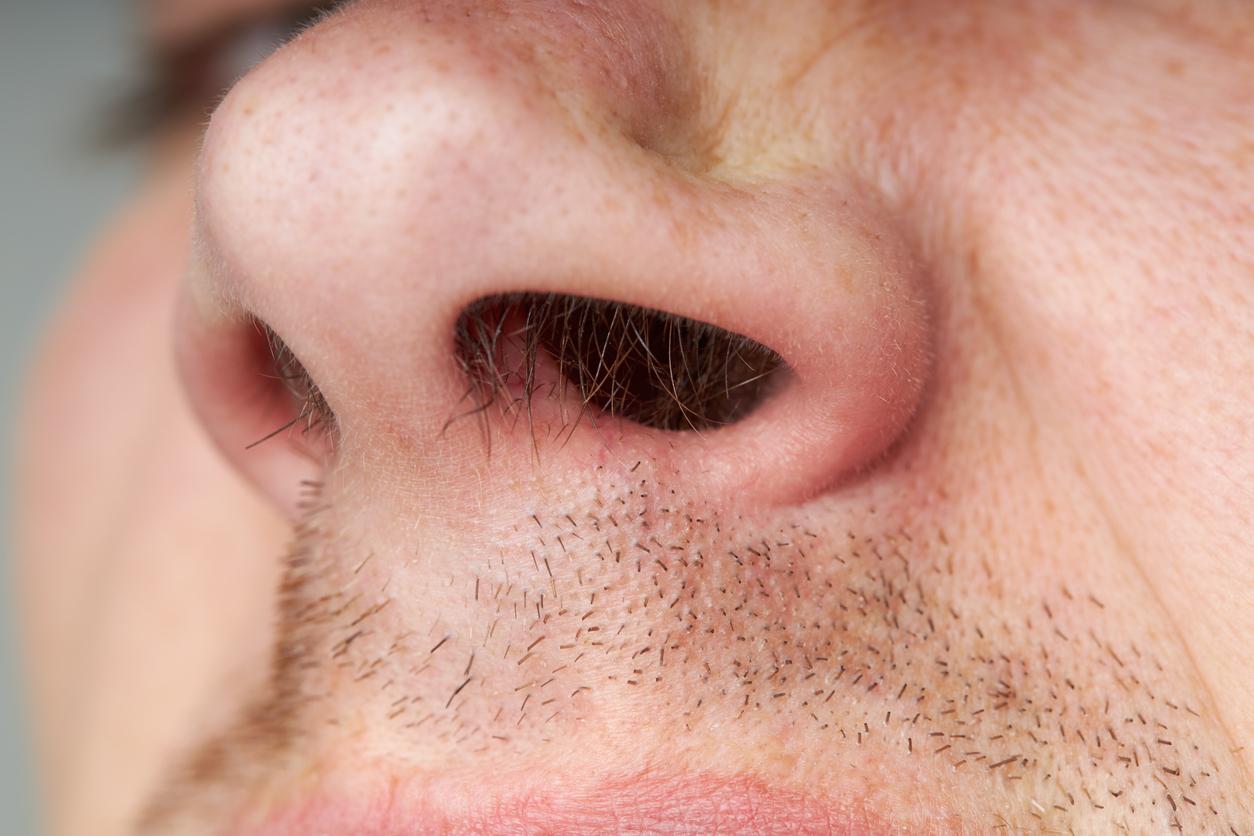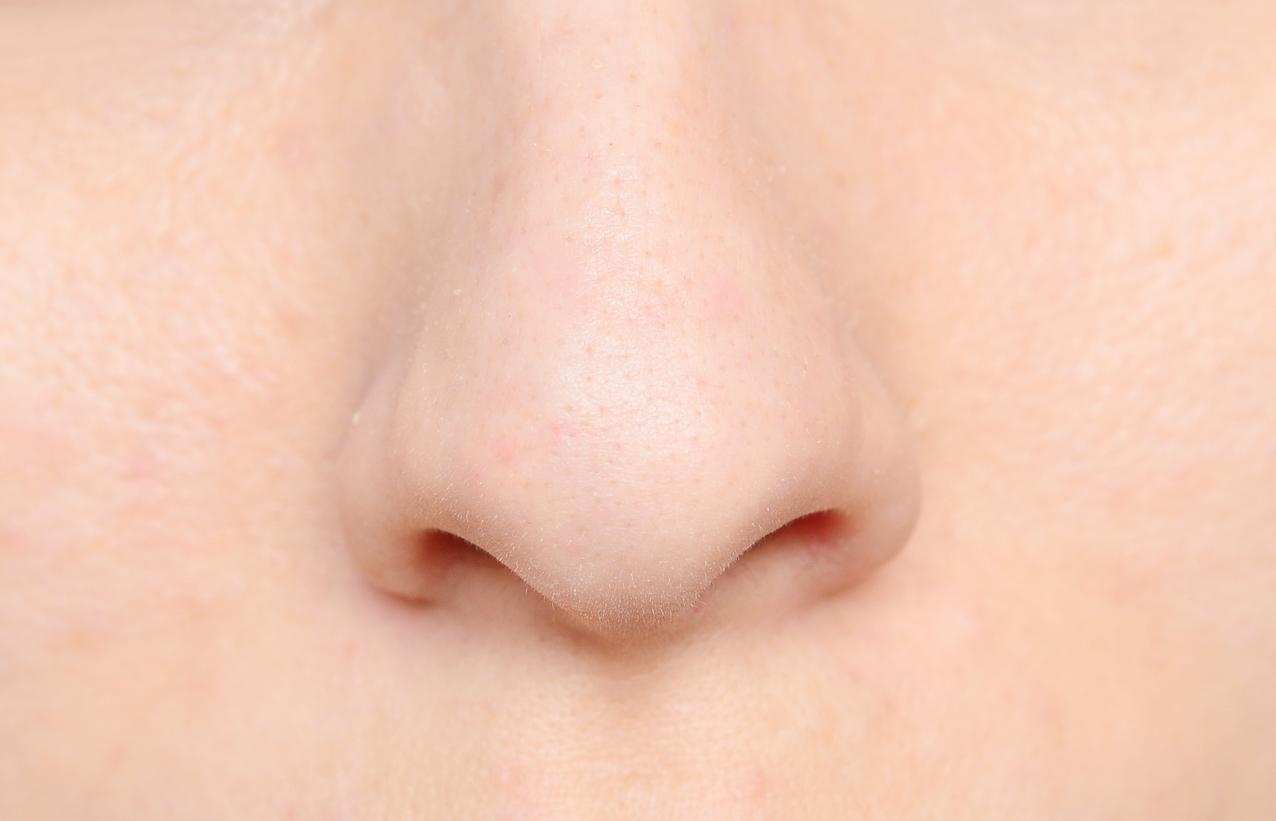Empty nose syndrome is not a disease you catch or a nasal abnormality that develops on its own: it must be the result of surgery, reminds the HAS. But what exactly is it?
Where is he from ?
The SNV is the consequence of a “lower or middle turbinal gesture” which has been performed in a person suffering from persistent and disabling nasal obstruction, such as rhinitis or chronic sinusitis. This surgery, which is particularly invasive, “consists of removing part of the small growths located in the nasal cavities (known as the turbinates). It can be performed alone or combined with other procedures on the nasosinus structures”, adds the HAS.
The Federation of Respiratory Insufficiencies (FFAAIR) describes NSV as a severe disease, arising from excessive removal of mucus-protective nasal tissue (turbinates). “Once resected or damaged, the turbinates no longer perform their essential functions. The nose then loses its ability to properly pressurize, warm, filter, humidify and detect the flow of inspired air.“, she summarizes.
What are the symptoms of NSV?
SNV interferes with the natural respiratory synchronization between the nose, mouth and lungs, which puts patients through an “ordeal”, explains the FFAAIR. It details the list of physical side effects: “severe nasal dryness and burning, paradoxical nasal obstruction, headache, frontal, sinus and facial pain, posterior discharge, crusty rhinitis, partial or total loss of smell and/or taste, shortness of breath” .
But also psychological: the patients are tired, have insomnia, have difficulty concentrating, are hypersensitive to temperature variations, suffer from a feeling of nocturnal asphyxia… The patients suffer from significant anxiety-depressive disorders which require in psychiatric care. This ENT pathology has also the particularity of affecting the entire respiratory system.
How to avoid it?
As NSV is the result of surgery, and we know precisely what causes it, it is possible to prevent it, by limiting the operations that cause it as much as possible. “When they are intended to correct a functional obstructive disorder, it is recommended to proscribe wide lower turbinectomies which are the most at risk of occurrence of SNV”, specifies the HAS.
In general, it encourages looking for all the causes and all the possible options to resort as little as possible to a turbinal gesture: inflammation, tumour, infection, study of the mucosa… Turbinectomy should only be used as a last intention. if no other treatment works for at least 6 months, stipulates the HAS. The patient must be informed of the risk before the intervention and choose this option with all the keys in hand.
What treatment to relieve it?
According to the nose institute, the management of chronic pain is “complex”. It can go through drugs against pain, through “adjuvant” medications, such as anxiolytics, myorelexants, or even through neurosurgical therapies.
Sources:
- Prevention, diagnosis and management of empty nose syndrome, HAS, December 15, 2022.
- Empty nose syndrome, FFAIR
- Empty nose syndrome: How to calm the pain?, Institut du nose


















